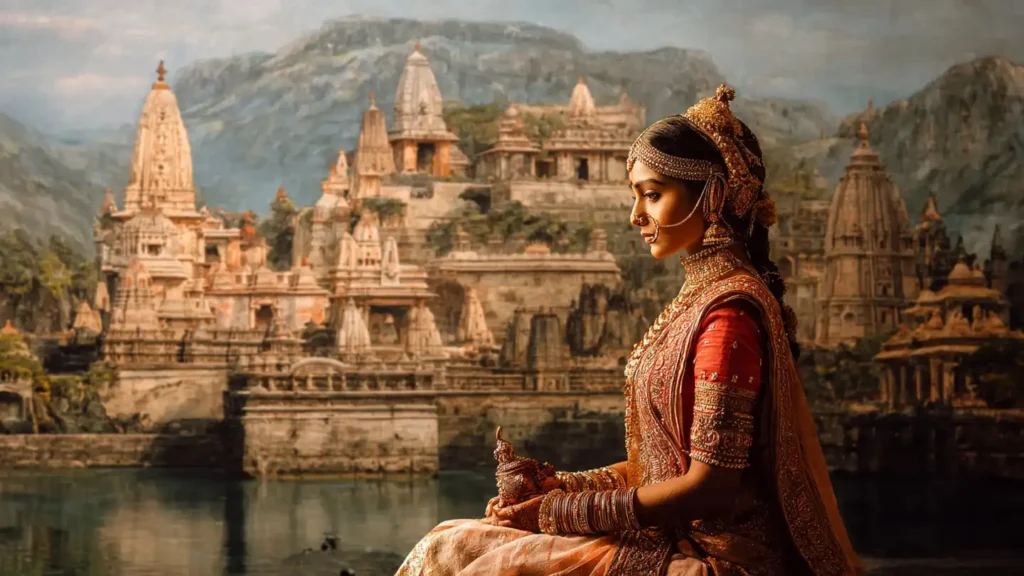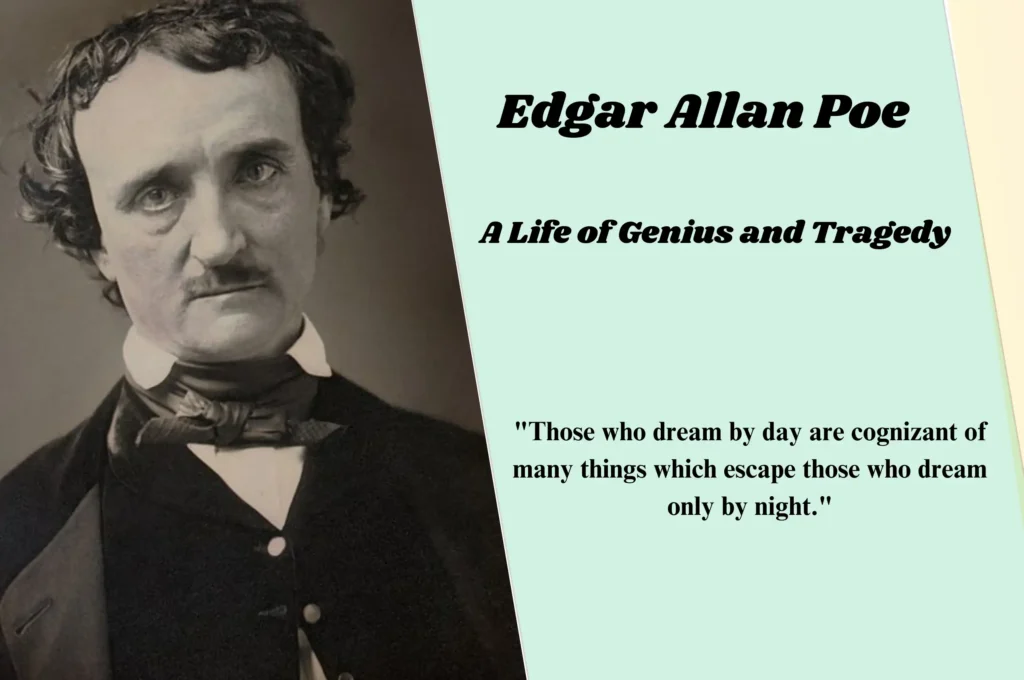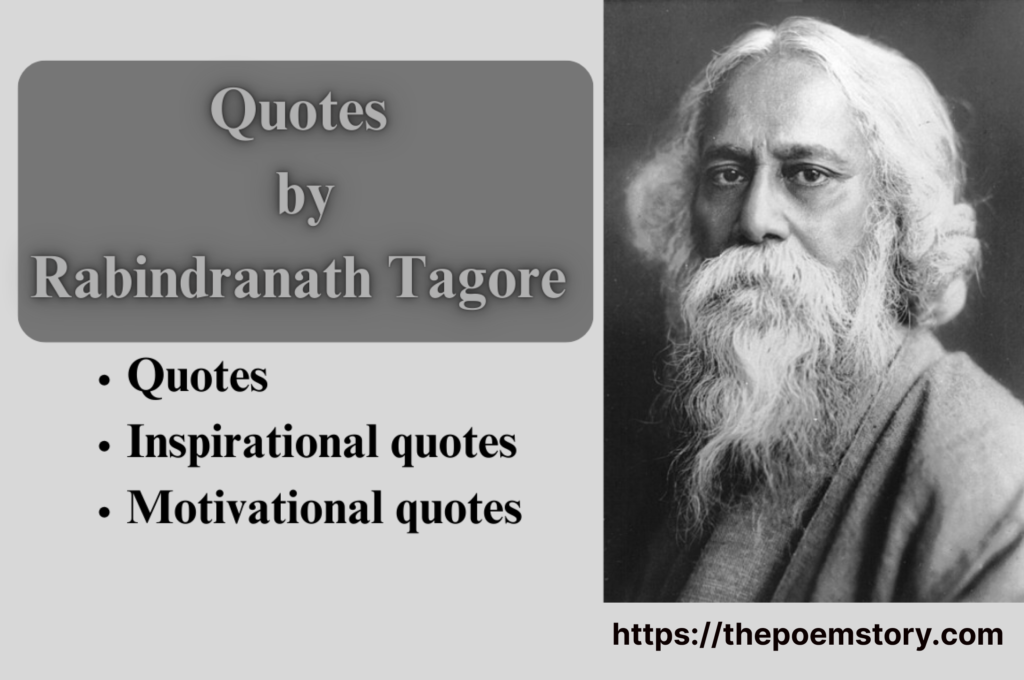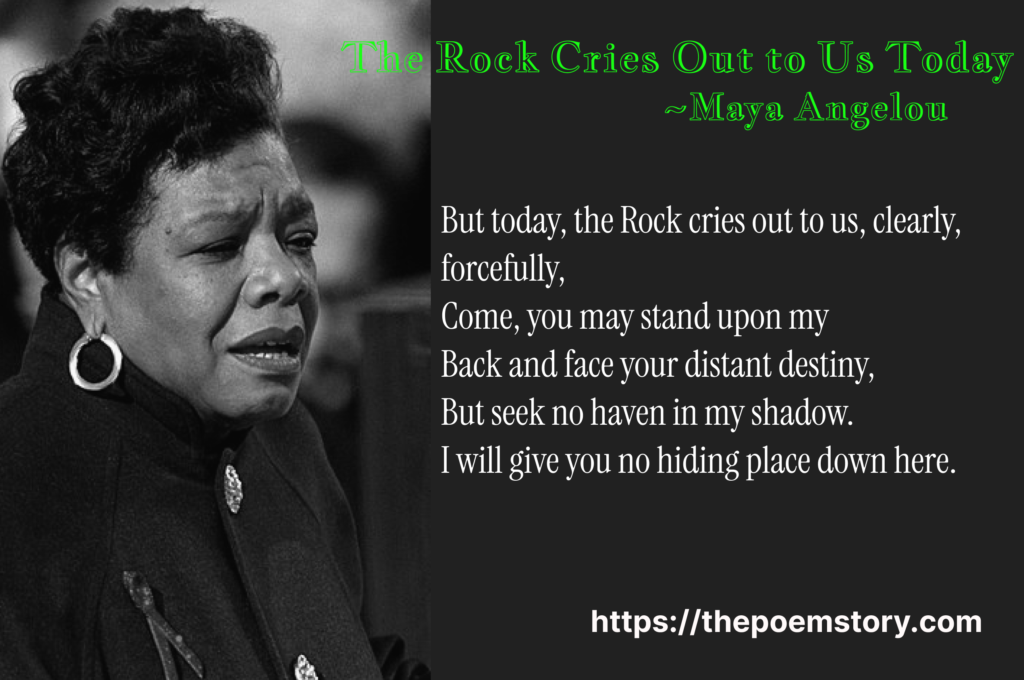This is a very short summary of Ramayana. If we want to cover Ramayana in a post or even a website, it will not be enough. However, before someone starts reading and getting idea about who The Lord Ram was and what is Ramayana, must go through this post. Ramayana has been written time and again, it has been written in different languages and with different philosophy. I would say none of the visualization of Ramayana is wrong. That is why this is an epic. You read it, you perceive it as per your understanding and then you form your own version of Ramayana.
There was a lot of discussion around when the movie Adipurush was released and reviewed. Someone did not like the plot, someone did not like the dialogues, and someone did not like the cast. What not. However, I believe that the creators had their point of view, and it clashed with the audience’s point of view. The quote from Ramayana itself says
नाना भाँति राम अवतारा। रामायण सत कोटि अपारा॥
Rama incarnates in many ways. Ramayana is infinite. There are new and different ways Lord Ram takes the incarnation. Ramayana, which is the story of Ram, is as vast as 100 crore types (infinite).
समुद्र इव गाम्भीर्ये धैर्यण हिमवानिव।
If we look at Ram’s life, we don’t see any imperfection in it. Ram did whatever work was required at a particular time. Ram knows everything – customs, ethics, love and fear. Ram is perfect, ideal. Ram has set an ideal of discipline and sacrifice.
Let us read in short, the Summary of the Ramayana.
Explore Category: Mythological Stories
Summary of the Ramayana
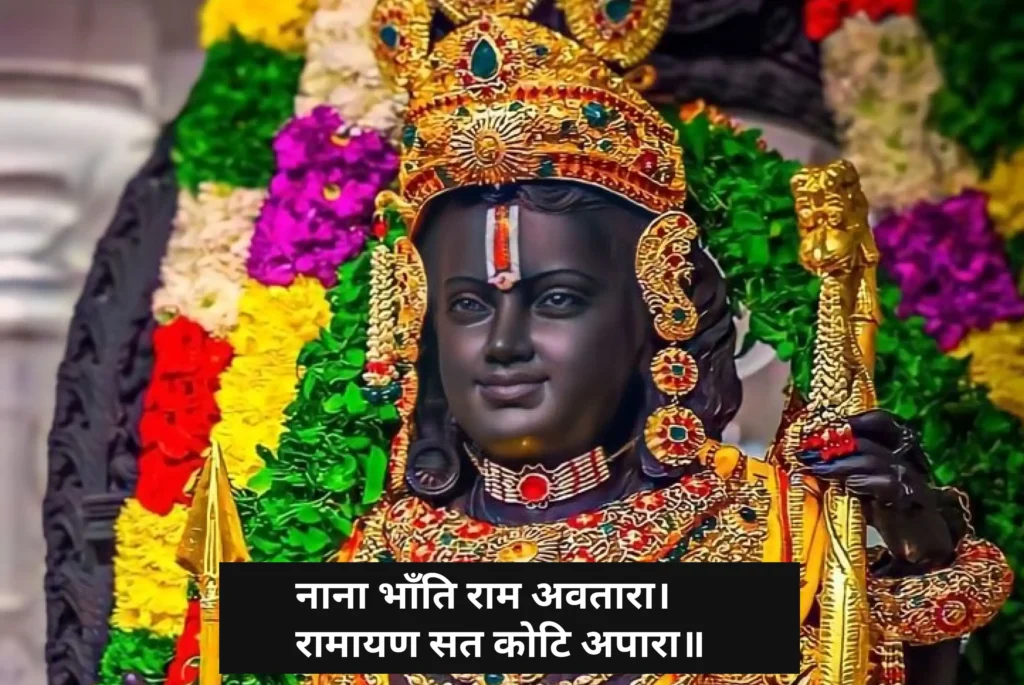
Table of Contents
Introduction to the Ramayana
The Ramayana, original written by the sage Valmiki, is one of the two major Sanskrit epics that form the foundation of ancient Indian literature. This great work holds an important place in Hindu culture, not just as a literary masterpiece but as a narrative that encapsulates profound moral and spiritual values. Respected for its timeless wisdom, the Ramayana has influenced countless aspects of art, literature, and everyday life in Hindu society.
Composed in a poetic structure known as ‘shlokas,’ the Ramayana is notable for its lyrical beauty and impressive narrative style. The epic is divided into across six books, known as ‘kaands,’ each delineating different phases of Lord Rama’s life journey. From his birth and youthful exploits in Ayodhya to his fourteen-year exile, the abduction of his wife Sita by the demon king Ravana, and the subsequent battle to rescue her, the Ramayana weaves a tapestry of heroism, devotion, and dharma (righteousness).
I have mentioned six books or Kaands. This is debatable that the 7th Kaand, “Uttar Kaand” is a part of the Original Valmiki Ramayana. We might look into this debate and present aspects and reasons around the same. However, it is my strong believe that “Uttar Kaand” was not a part of Valmiki Ramayana, but it was an addition later. As I mentioned earlier that, everyone has the liberty of perceiving Ramayana as per their mental and literal capability.
Beyond its literary impressiveness, the Ramayana’s impact is seen in the countless versions and adaptations that have emerged over centuries. Various regional renditions, such as Tulsidas’s “Ramcharitmanas” in Hindi and Kamban’s “Ramavataram” in Tamil, have enriched the epic’s legacy. Each adaptation, while retaining the core narrative, introduces unique cultural and linguistic flavors, reflecting the diversity of the Indian subcontinent.
The significance of the Ramayana extends into various art forms, including classical dance, theater, and visual arts. Iconic scenes from the epic are frequently depicted in traditional paintings, temple sculptures, and folk performances, bringing its characters and themes to life for successive generations. Moreover, the Ramayana’s ethical teachings continue to resonate, offering guidance on virtues such as loyalty, courage, and the triumph of good over evil.
In essence, the Ramayana is not merely an ancient text but a living tradition that continues to shape and inspire the moral and cultural foundations of Hindu society. Its narrative richness and universal themes ensure its enduring relevance, that goes beyond time and geography.
First Part of Ramayana: Baal Kaand
Baal Kaand, or the Book of Childhood, is the first section that introduces readers to the foundational events of the Ramayana. This segment begins with the great King Dasharatha, who rules the kingdom of Ayodhya but is deeply troubled by his lack of an heir. Seeking divine intervention, King Dasharatha performs a grand sacrificial ceremony known as the Putrakameshti Yagna. The gods, pleased with his devotion, grant him four sons from his 3 wives: Rama (Born of Kaushalya), Bharata (Born of Kaikeyi), and the twins Lakshmana and Shatrughna (Born of Sumitra). These births are considered auspicious and are celebrated with immense joy across the kingdom.
The birth of Rama is celebrated as Ramanavami. As per the Indian calendar the time of the birth is in-between 12 noon and 1pm, Shukla Paksha in Chaitra month. Scientifically it has been dated to 10th January 5114 BC in Ayodhya. This research was done by Institute for Scientific Research on Vedas (I-SERVE). Its planetarium software has estimated the birth of Lord Rama as 10th January 5114 BC in Ayodhya.
As the narrative unfolds, the focus shifts to the childhood and education of Lord Rama and his brothers. Under the guidance of their guru, Sage Vashishta, they receive training in various arts, sciences, and warfare. Rama, being the eldest and an incarnation of the god Vishnu, exhibits exceptional qualities of valor, wisdom, and righteousness from an early age, setting him apart as a natural leader.
A crucial event in Baal Kaand is the marriage of Rama to Sita, the daughter of King Janaka of Mithila. The story reveals how King Janaka, in search of a worthy husband for Sita, organizes a swayamvara, a ceremony where princesses could choose their husbands from a gathering of strong matches. The challenge presented to the suitors is to string the mighty bow of Shiva, a task deemed impossible for anyone but the strongest. Rama, with unparalleled strength and divine favor, successfully breaks Shiva’s bow and wins Sita’s hand in marriage, signifying the triumph of virtue and strength.
Bal Kaand, thus, sets the stage for the epic’s unfolding drama by establishing the divine birth and early life of its central characters. It lays the groundwork for the subsequent events that will shape the epic’s narrative, emphasizing themes of duty, devotion, and dharma.
Shlokas from Baal Kaand about Ram / 2 shlokas
इक्ष्वाकुवंशप्रभवो रामो नाम जनैश्श्रुत: ।
नियतात्मा महावीर्यो द्युतिमान्धृतिमान् वशी ।।1.1.8।।
- इक्ष्वाकुवंशप्रभव: born in the clan of king Ikshvaku
- राम: नाम – known as Rama.
- जनै: by the people
- श्रुत: is heard
- नियतात्मा : He is of steady nature
- महावीर्य: incomprehensible prowess
- द्युतिमान्: self-effulgent
- धृतिमान्: self-commanding
- वशी: subjecting the senses (subjecting the entire world under his control).
His name is Rama. He was born into the race of King Ikshvaku, was calm by nature, had incredible strength, was self-effulgent, self-commanding, and could subdue the senses.
बुद्धिमान्नीतिमान्वाग्मी श्रीमान् शत्रुनिबर्हण: ।
विपुलांसो महाबाहु: कम्बुग्रीवो महाहनु: ।।1.1.9।।
- बुद्धिमान्: one with great intellectual
- नीतिमान्: one with expertise in ethical philosophy
- वाग्मी: proficient in speeches
- श्रीमान्: possessing great auspiciousness
- शत्रुनिबर्हण: destroyer of foes or destroyers of sins
- विपुलांस: broad shouldered
- महाबाहु: one with strong arms
- कम्बुग्रीव: one who possesses conch shaped neck
- महाहनु: having prominent and strong cheeks.
Sri Rama is a magnificent scholar, a devout follower of the law, elegant, good-looking, and the slayer of enemies (sins). He has a broad shoulder, a powerful arm, a neck fashioned like a conch, and prominent cheeks.
Shlokas from Baal Kaand on Sita and Ram’s Marriage
यद्यस्य धनुषो राम: कुर्यादारोपणं मुने।
सुतामयोनिजां सीतां दद्यां दाशरथेरहम्।।1.66.26।।
- मुने: O! Sage
- राम: Rama
- धनुष: bow’s,
- आरोपणम्: lifting
- कुर्याद्यदि: if he is able to
- अयोनिजाम् : this girl born without a mother, (Sita was considered the daughter of Earth)
- सुताम् : daughter,
- सीताम् : Sita,
- अहम् I, दाशरथे: for Rama (Dashrath’s son)
- दद्याम् : I shall give.
My daughter Sita, who was not born of a woman, will be given to Rama (son of Dasaratha) provided he can lift and string this bow, O! Sage.
पश्यतां नृपसहस्राणां बहूनां रघुनन्दन: ।
आरोपयत्स धर्मात्मा सलीलमिव तद्धनु:।।1.67.16।।
- धर्मात्मा :- virtuous,
- स: :- that, रघुनन्दन: Rama,
- बहूनाम् :- of several,
- नृपसहस्राणाम् :- thousands of men,
- पश्यताम् :- while seeing,
- तत् धनु: :- that bow,
- सलीलमिव :- as though with ease,
- आरोपयत् :- fixed the string and drew it.
In front of thousands of men, the virtuous Rama, the joy of the Raghus, tied the string to the bow and pulled it as if effortlessly.
आरोपयित्वा धर्मात्मा पूरयामास तद्धनु:।
तद्बभञ्ज धनुर्मध्ये नरश्रेष्ठो महायशा:।।1.67.17।।
- धर्मात्मा magnanimous
- तत् धनु: that bow,
- आरोपयित्वा asfter stringing,
- पूरयामास drew it with a twang,
- महायशा: highly famous,
- नरश्रेष्ठ: best among men,
- तत् धनु: that bow,
- मध्ये in the middle,
- बभञ्ज broke.
Rama, the most virtuous, renowned, and best man alive, raised his bow. He pulled it and split it in half in the middle, stringing it with a twang.
तस्य शब्दो महानासीत् निर्घातसमनिस्वन:।
भूमिकम्पश्च सुमहान् पर्वतस्येव दीर्यत:।।1.67.18।।
- तस्य :- its.
- शब्द: :- sound.
- निर्घातसमनिस्वन: :- equalled to the clap of a thunder.
- महान् :- great.
- आसीत् :- became.
- पर्वतस्य :- of a mountain.
- दीर्यत: :- as if splitting.
- सुमहान् :- great.
- भूमिकम्पश्च :- trembling of the earth.
It produced a loud noise akin to a thunderclap, causing the ground to tremble and mountains to break.
I have added a few shlokas. You can read and find all Shlokas on the Website: https://www.valmiki.iitk.ac.in/
Second Part of Ramayana: Ayodhya Kaand
Ayodhya Kaand, also known as the Book of Ayodhya, delves into the intricate happenings within the royal palace of Ayodhya, providing a detailed narrative of the significant events that shape the epic. This segment of the Ramayana is most important as it sets the stage for the ensuing adventures and trials of Rama, the protagonist.
King Dasharatha, the ruler of Ayodhya, decides to abdicate the throne in favor of his eldest son, Rama. This decision is received with joy and approval by the citizens and the royal family, reflecting the deep admiration and respect Rama commands due to his virtuous character. However, the joyous preparations for Rama’s coronation are abruptly disrupted by the intervention of Queen Kaikeyi, one of Dasharatha’s wives.
Influenced by the malicious advice of her maid Manthara, Queen Kaikeyi reminds the King of the two boons he had promised her during a past battle. Seizing the moment, she demands that her son Bharata be crowned king instead of Rama, and that Rama be exiled to the forest for 14 years. Bound by his commitment to truth and his unwavering adherence to dharma, King Dasharatha reluctantly agrees to her demands, despite his profound anguish.
The news of Rama’s exile sends shockwaves through the palace and the kingdom. Rama, embodying the epitome of duty and righteousness, accepts his fate without protest. His wife Sita and his loyal brother Lakshmana choose to accompany him into exile, showcasing their unwavering loyalty and devotion. The reactions of the people of Ayodhya are marked by sorrow and dismay, as they grapple with the harsh reality of their beloved prince’s departure.
Ayodhya Kaand intricately weaves themes of duty, loyalty, and the profound impact of dharma on personal and familial relationships. The unwavering commitment of Rama to uphold his father’s word, despite the personal sacrifice involved, underscores the importance of righteousness and moral integrity. This section not only highlights the emotional turmoil within the royal palace but also sets the tone for the epic’s exploration of the human spirit’s resilience and strength in the face of adversity.
Third Part of Ramayana: Aranya Kaand
Aranya Kaand, also known as the Book of the Forest, captures the significant period of Rama, Sita, and Lakshmana’s exile in the Dandaka Forest. This segment of the Ramayana is rich with experiences and encounters that deeply influence the trajectory of the epic. As they traverse the dense forest, the trio meets various sages who impart wisdom and guidance, reinforcing the values of dharma (righteousness) and devotion.
One of the most dramatic episodes in Aranya Kaand is the encounter with the demoness Shurpanakha. Shurpanakha’s infatuation with Rama leads to a sequence of events that escalate tensions. After Rama rejects her advances, Shurpanakha turns her attention to Lakshmana, who also spurns her. Enraged by the humiliations, she attacks Sita, but Lakshmana intervenes and disfigures her. This incident sets off a chain reaction, as Shurpanakha seeks revenge by summoning her brothers Khara and Dushana, leading to a fierce battle. Rama and Lakshmana successfully defeat the demon hordes, showcasing their valor and martial prowess.
The tranquility of forest life is further shattered by the abduction of Sita, a pivotal moment in the Ramayana. The demon king Ravana, driven by vengeance and desire, devises a cunning plan to kidnap Sita. Disguised as a mendicant, Ravana lures Sita away from the safety of their hermitage. Despite the valiant efforts of Jatayu, the vulture king, who tries to rescue her, Ravana succeeds in abducting Sita and takes her to Lanka. This event marks a turning point in the narrative, propelling Rama and Lakshmana on a quest to rescue Sita and bring justice to Ravana.
Aranya Kaand not only highlights the physical and emotional challenges faced by Rama, Sita, and Lakshmana but also sets the stage for the epic battle with Ravana. This segment underscore’s themes of loyalty, bravery, and the unyielding pursuit of righteousness, forming a crucial link in the overarching narrative of the Ramayana.
Fourth Part of Ramayana: Kishkindha Kaand
The Kishkindha Kaand, also known as the Book of Kishkindha, is a pivotal section within the Ramayana that chronicles the formation of key alliances. Central to this portion of the epic is the alliance forged between Rama and the monkey king Sugriva, alongside his loyal general, Hanuman. This segment not only advances the narrative but also enriches the tapestry of themes such as friendship, loyalty, and strategic collaboration in the face of adversity.
The journey begins with Rama and Lakshmana encountering Hanuman, a devoted emissary of Sugriva, who brings them to the monkey kingdom. Sugriva, having been exiled by his brother Vali, seeks Rama’s assistance to reclaim his throne. In exchange, Sugriva promises to aid Rama in his quest to find his abducted wife, Sita. This mutual agreement underscores the importance of alliances and the power of collective effort.
A significant episode in this Kaand is the confrontation between Sugriva and Vali. Rama, adhering to his promise, intervenes and ultimately helps Sugriva defeat Vali. This act restores Sugriva to his rightful position as king of Kishkindha, reinforcing the theme of justice and the triumph of righteousness over usurpation. The reinstatement of Sugriva is a testament to the rewards of unwavering loyalty and the fulfillment of promises.
Following his ascension, Sugriva mobilizes his monkey army to assist Rama. Hanuman, in particular, emerges as a key figure, showcasing unparalleled dedication and valor. His journey to Lanka, where he finds Sita, marks a crucial turning point in the narrative. Hanuman’s actions exemplify the virtues of loyalty and selfless service, further solidifying the themes of friendship and strategic alliances.
The Kishkindha Kaand, through its intricate storytelling and character dynamics, highlights the significance of forming and honoring alliances. Rama’s bond with Sugriva and Hanuman exemplifies how collaboration and mutual support are essential in overcoming formidable challenges. This Kaand not only progresses the plot but also deepens the reader’s understanding of the values that underpin the Ramayana.
Fifth Part of Ramayana: Sundara Kaand
The Sundara Kaand, also known as the Book of Beauty, is a pivotal segment of the Ramayana that centers on Hanuman’s heroic expedition to Lanka in search of Sita. This section accentuates Hanuman’s unwavering devotion, unparalleled courage, and remarkable intelligence, all of which play a critical role in the narrative of the epic.
Hanuman’s journey begins with the formidable task of crossing the vast ocean to reach Lanka. Demonstrating his extraordinary abilities, Hanuman leaps across the sea, overcoming numerous obstacles and adversaries along the way. This feat not only highlights his physical prowess but also his unwavering determination and faith in his mission.
Upon reaching Lanka, Hanuman’s exploration leads him to Ashoka Vatika, where he discovers Sita, held captive by Ravana. The encounter between Hanuman and Sita is a poignant moment in the Sundara Kaand, showcasing Hanuman’s deep sense of devotion and his commitment to Lord Rama. He reassures Sita of Rama’s love and resolve to rescue her, providing her with the much-needed hope and strength to endure her captivity.
Hanuman’s confrontation with Ravana’s forces further exemplifies his valor and strategic acumen. He single-handedly defeats numerous demons, setting portions of Lanka ablaze to convey a powerful message to Ravana and his followers. Through these actions, Hanuman not only demonstrates his martial skills but also his ability to think tactically and act decisively in the face of danger.
The Sundara Kaand is thus a celebration of Hanuman’s virtues, portraying him as a paragon of devotion, bravery, and wisdom. His journey serves as a crucial turning point in the Ramayana, setting the stage for the eventual triumph of good over evil. Hanuman’s unwavering focus and dedication underscore his indispensable role in the epic, making the Sundara Kaand a truly inspiring and integral part of the Ramayana.
Sixth Part of Ramayana: Yuddha Kaand
Yuddha Kaand, also known as the Book of War, is a pivotal section in the Ramayana that details the climactic battle between the forces of righteousness led by Rama and the demonic forces commanded by Ravana. This segment of the epic begins with Rama’s arrival in Lanka, accompanied by his devoted allies, including Hanuman, Sugriva, and the vast Vanara army. The narrative unfolds with a series of intense and strategic battles that test the strength, valor, and morality of both sides.
As the conflict progresses, the narrative delves deep into the intricacies of warfare, depicting heroic duels and the deployment of divine weapons. Key characters face their destinies on the battlefield, with many notable warriors meeting their end. One of the most significant moments in Yuddha Kaand is the death of Indrajit, Ravana’s formidable son, who had caused considerable devastation through his mastery of illusion and sorcery. His demise marks a turning point in the war, tilting the balance in favor of Rama’s forces.
The culmination of the war comes with the confrontation between Rama and Ravana. This duel is not just a clash of arms but a confrontation of ideals, representing the eternal struggle between good and evil. Ravana, despite his immense power and prowess, is ultimately defeated by Rama, who embodies dharma and righteousness. The death of Ravana signifies the fall of tyranny and the restoration of cosmic order.
Following the victory, Rama rescues Sita, who had been held captive by Ravana. Their reunion, however, is not without trials, as Sita undergoes a test of purity to confirm her chastity and faithfulness. With Sita vindicated, Rama’s mission is complete, and they return to Ayodhya along with their loyal companions. The section concludes with Rama’s triumphant return and subsequent coronation as the king of Ayodhya, symbolizing the victory of good over evil and the establishment of a just and prosperous reign.
Characters of the Ramayana
The Ramayana, one of the two major Sanskrit epics of ancient Indian literature, is renowned not just for its narrative but also for its richly developed characters. The primary protagonist, Rama, is the epitome of virtue and dharma. He is the eldest son of King Dasharatha and Queen Kaushalya of Ayodhya. Rama’s unwavering adherence to duty, even in the face of personal loss and hardship, underpins the entire epic and cements his status as a paragon of righteousness.
Sita, Rama’s devoted wife, is the embodiment of purity, loyalty, and steadfastness. Her abduction by the demon king Ravana and subsequent rescue by Rama forms the crux of the narrative. Sita’s trials, particularly her ordeal by fire to prove her chastity, highlight her unwavering moral integrity and strength.
Lakshmana, Rama’s younger brother, is the quintessential loyal sibling. His decision to accompany Rama into exile and his unwavering support throughout their trials reflects his deep devotion and selflessness. Lakshmana’s dedication and valor are crucial to the unfolding events of the Ramayana.
Hanuman, the mighty monkey god and ardent devotee of Rama, is celebrated for his unparalleled strength, loyalty, and wisdom. His role in locating Sita and aiding in her rescue is pivotal. Hanuman’s unwavering devotion to Rama symbolizes the ideal of bhakti (devotion) in Hindu tradition.
Ravana, the primary antagonist, is a complex character representing the darker aspects of ambition and power. Despite his formidable intelligence and prowess, his hubris and desire lead to his downfall. Ravana’s multifaceted personality adds depth to the epic, portraying him as both a learned scholar and a tyrant.
King Dasharatha, the ruler of Ayodhya, is depicted as a valiant and just king. His tragic decision to exile Rama, driven by a promise to his youngest wife, Queen Kaikeyi, sets the primary narrative in motion. Dasharatha’s deep love for Rama and his subsequent grief highlight the human elements of the epic.
Queen Kaikeyi, often viewed as the catalyst for Rama’s exile, is a character driven by complex motivations. Initially portrayed as loving and supportive, her transformation due to the influence of her maid, Manthara, showcases themes of manipulation and the consequences of unchecked desires.
Through these characters, the Ramayana presents a tapestry of human emotions, virtues, and flaws, offering timeless lessons and insights into human nature and the principles of dharma.
You will find this Wikipedia link helpful to understand the Interpretations and Adaptations of Ramayana in different cultures.
List of Poets in Alphabetical Order
कवियों की सूची

